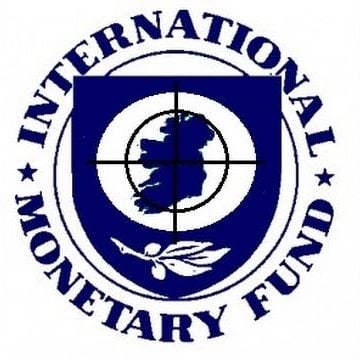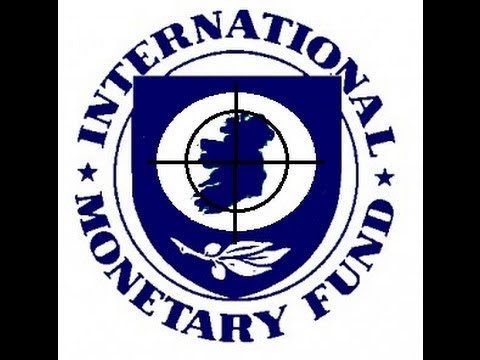
Also at the inter-bank fund’s segment, weighted average interbank call rate, which stood at 18.45 per cent at end September 2017, rose by 5.57 percentage points to 24.02 per cent in the fourth quarter of 2017.
The development reflected the relative liquidity squeeze in the banking system in the review quarter.
IMF directors said in their advisory to CBN stressed that rising banking sector risks should be contained.
While welcoming central bank’s commitment to helping increase capital buffers by stopping dividend payments by weak banks, they called for an asset quality review to identify any potential capital need.
The directors “noted that an enhanced risk-based banking supervision, strict enforcement of prudential requirements, and a revamped resolution framework would help contain risks.”
CBN put total standing deposit facility (SDF) granted during the review quarter was N2,494.06 billion with a daily average of N45.00 billion, compared with N1,536.76 billion in the preceding quarter.
“Total request for Standing Lending Facility (SLF) (including the Intra-day lending facilities (ILF) converted to overnight repo) amounted to N11,733.72 billion, made up of N7,266.11 billion direct SLF and N4,467.61 billion ILF converted to the overnight repo.
“Daily average for the 59 transaction days (October 1 –December 27, 2017) was N198.88 billion, with daily request ranging from N67.35 billion to N383.53 billion.”
“Total interest earned was N8.04 billion. SLF was at its peak on October 10, 2017, due to consistent mop-up activity through OMO.
“Interest payment on SDF in the review quarter was N0.89 billion, compared with N0.52 billion, at end-September 2017.”
As a way of shoring up their liquidity base, the apex bank recently directed banks with high non-performing loans (NPLs) not pay a dividend to shareholders.
In a circular, noted that “prior to now, dividend payout policy for banks has been as stipulated in Section 16(1) of BOFIA 2004 (as amended) and Prudential Guidelines for DMBs of 2010, which state that “Every Bank shall maintain a reserve fund and shall, out of its net profits for each year (after due provision for taxation) and before any dividend is declared, where the amount of the reserve fund is less than the paid-up share capital, transfer to the reserve fund a sum equal to but not less than 30 percent of net profits or equal to or in excess of the paid-up share capital, transfer to the reserve fund a sum equal to but not less than 15 percent of the net profit; provided that no transfer under this subsection shall be made until all identifiable losses have been made good.
“Globally, retained earnings have been identified as an important source of growing an institution’s capital.
“Advantages of retained earnings include: being a source of long-term finance; being easier and cheaper to raise than external finance; curtailment of financial risks; and improving liquidity and profitability.
“However, it has been observed that rather than take advantage of this beneficial means of capital generation, some institutions pay out a greater proportion of their profits, irrespective of their risk profile and the need to build resilience through adequate capital buffers.”
The apex bank then ruled that any DMB or Discount House (DH) that does not meet the minimum capital adequacy ratio shall not be allowed to pay dividend and that any “DMBs and DHs that have a Composite Risk Rating (CRR) of “High” or a NonPerforming Loan (NPL) ratio of above 10% shall not be allowed to pay dividend”, among other requirements.





